Understanding and adhering to Ontario’s blood alcohol limits is a critical aspect of responsible driving. These laws are rigorously enforced to safeguard all road users from the dangers of impaired driving. With the evolution of these laws and the introduction of new impaired driving laws in Canada, it has become ever more important for Ontario drivers to stay informed. This comprehensive guide aims to elucidate the complexities surrounding Ontario’s blood alcohol limits and the consequences of exceeding them.
What Is An Impaired Driver?
In the context of Ontario’s road safety laws, an impaired driver is one who operates any motor vehicle while their mental or physical faculties are compromised by the presence of alcohol, drugs, or a combination of both. The repercussions of impaired driving extend far beyond legal penalties; they compromise the driver’s ability to make split-second decisions, potentially leading to catastrophic consequences. Ontario’s legal system, therefore, imposes stringent impaired driving laws to dissuade such perilous behaviour.
Blood Alcohol Concentration Limits
To effectively police impaired driving, Ontario sets definitive BAC limits tailored to different categories of drivers, each carrying its own legal thresholds and associated penalties.
Fully Licensed Drivers
For individuals holding a full G license, the province of Ontario stipulates that the legal driving limit for alcohol is a BAC below 0.08%. It’s important to note that even at BAC levels as low as 0.05%, drivers can still face provincial sanctions, as studies have shown that impairment begins well before the 0.08% mark. Therefore, maintaining a BAC well below the legal limit is not just law-abiding but prudent for safe driving.
Novice Drivers
The laws for novice drivers in Ontario are uncompromising. With a strict zero-tolerance policy in place, any detectable amount of alcohol in the bloodstream of G1, G2, M1, or M2 license holders can lead to immediate license suspension, fines, and other educational or remedial measures. This policy underscores the government’s commitment to fostering a culture of safety among new drivers.
Commercial Vehicle Drivers
Given their potential to cause significant harm due to the size and weight of the vehicles operated, commercial drivers are required to adhere to a BAC limit of 0.00%. This limit is indicative of the province’s zero-tolerance stance towards any level of impairment in professional driving settings.
What Is The Alcohol Limit For Driving?
Ontario’s legal limit of alcohol for driving has been set based on extensive research correlating BAC levels with impairment. The stipulated legal limit is more than a number; it represents a boundary between legal compliance and the risk of endangering lives.
How Many Bottles Of Beer Can You Drink While Driving In Ontario?
It is widely acknowledged that each standard drink you consume brings you closer to the legal alcohol limits. For beer, with a typical alcohol content of about 5%, one 12-ounce bottle may increase your BAC by approximately 0.02% to 0.03%. Therefore, the idea that you can safely drink a couple of beers before driving is highly subjective and depends on numerous individual factors, including body weight and metabolism. It is critical to remember that any amount of alcohol can impair one’s driving ability, and the safest amount of alcohol to consume before driving is none at all.
How Many Glasses Of Wine Can I Drink While Driving In Ontario?
The case with wine is similar to that of beer. One 5-ounce glass of wine holds roughly the same amount of alcohol as a 12-ounce beer and, thus, has a similar effect on BAC. The notion that one or two glasses of wine are safe before driving is a dangerous assumption, as it overlooks the variance in alcohol tolerance and metabolism across individuals. The complexity of these factors makes it nearly impossible to provide a one-size-fits-all answer, reinforcing the advice to abstain from drinking wine before driving.
How Many Shots Of Whiskey Can I Drink While Driving In Ontario?
Hard liquor, including whiskey, typically contains around 40% alcohol. Consequently, a single 1.5-ounce shot can elevate a person’s BAC significantly, potentially pushing them over the legal limit. Given the concentration of alcohol in spirits, the margin for error is exceedingly small, which is why the consumption of whiskey before or while driving is strongly discouraged.
Consequences Of Exceeding BAC Limits
The implications of driving with a BAC exceeding the legal thresholds are severe and multifaceted, impacting not just the driver but the broader community.
License Suspension
An individual caught operating a vehicle with a BAC above the legal threshold can expect an immediate administrative suspension of their driving privileges. The duration of the suspension increases with the number of offenses, with long-term revocations applied in cases of recurrent violations.
The Logic Of DUI Penalties In Ontario
The rationale behind the penalties for driving under the influence (DUI) in Ontario is grounded in deterrence. The legal system aims to prevent impaired driving through a regimen of escalating sanctions. This includes fines, vehicle impoundment, mandatory educational programs, installation of ignition interlock devices, and, in severe or repeated instances, incarceration.
Criminal Record
A DUI conviction results in a criminal record, which can have profound negative effects on a person’s future. It can hinder employment prospects, restrict international travel, and lead to social stigmatization.
Mandatory Education And Treatment
Mandatory education and treatment programs serve a rehabilitative purpose, aiming to address the underlying issues contributing to impaired driving behaviors. These programs are a cornerstone of Ontario’s approach to reducing recidivism among DUI offenders.
Loss Of Insurance
The financial consequences of a DUI conviction are substantial. Insurance rates can skyrocket, or coverage can be entirely revoked, resulting in significant long-term financial strain for the convicted individual.
Implications Of Blowing A Warning
In Ontario, when a driver blows a warning on a breathalyzer test, it indicates a blood alcohol concentration (BAC) between 0.05% and 0.079%, which is considered a “warn range”. It is vital to emphasize that even though this range is below the legal limit of alcohol for driving, which stands at a BAC of 0.08%, there are still immediate consequences under Ontario’s impaired driving laws.
Consequences For Fully Licensed Drivers
For fully licensed drivers, blowing a warning typically results in an immediate license suspension as a part of the province’s Administrative Driver’s License Suspension (ADLS) program. The duration of the suspension can range from three days for a first occurrence, to 30 days for subsequent infractions. Additionally, these incidents are recorded on the driver’s record, which could lead to further ramifications, such as increased insurance premiums and the need for educational programs.
Consequences For G1 And G2 Drivers
The situation for G1 and G2 drivers is considerably more stringent. Ontario operates under a zero-tolerance policy for these novice drivers, meaning that blowing a warning, or registering any detectable BAC, results in serious consequences. The initial penalty is an immediate license suspension, which can vary in length but typically starts at 24 hours.
Statistics On Impaired Driving
Annual statistics on impaired driving serve as a sobering reminder of its prevalence and the continuous need for public education and legal enforcement. They provide insight into the patterns of impaired driving incidents, thereby informing policy and preventative strategies.
Responsible Drinking and Alternatives
The responsibility of choosing not to drive while impaired cannot be overstated. With various alternatives available, there is no excuse for impaired driving.
Designated Driver
Selecting a designated driver from your group who commits to staying sober for the duration of the event is a tried-and-true method for ensuring a safe return home.
Public Transportation
Ontario’s extensive public transportation network offers a reliable alternative to driving and should be utilized whenever possible by those who have been drinking.
Walk Or Bike
If distances are short and you’re sober, walking or biking can be a healthy alternative to driving, though one should always be cautious and aware of their ability to do so safely.
Stay Overnight
Choosing to stay at your location or nearby until you are sober is a wise decision that eliminates the risk of impaired driving altogether.
Conclusion
In conclusion, the blood alcohol limits in Ontario are designed to protect and ensure the safety of all road users. Familiarity with these limits, as well as the severe consequences of exceeding them, is imperative for all drivers. For those facing charges related to impaired driving, professional support can be crucial. Traffic Paralegal Services provides comprehensive assistance to those seeking to fight their traffic ticket
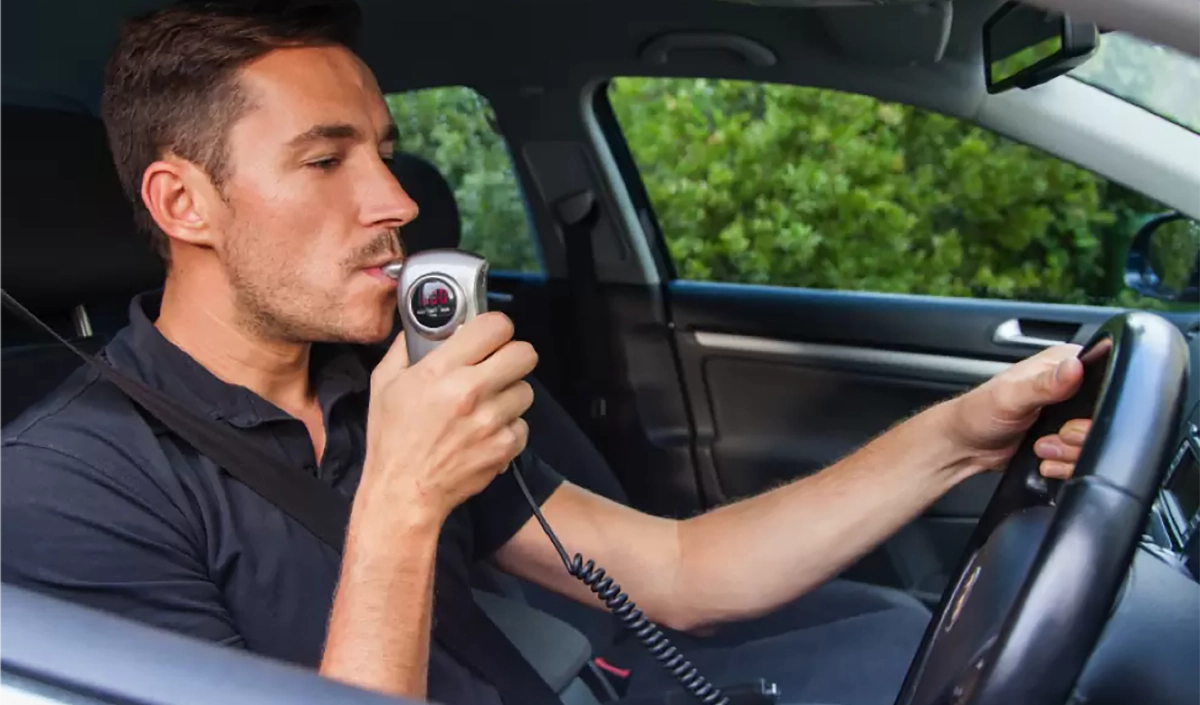

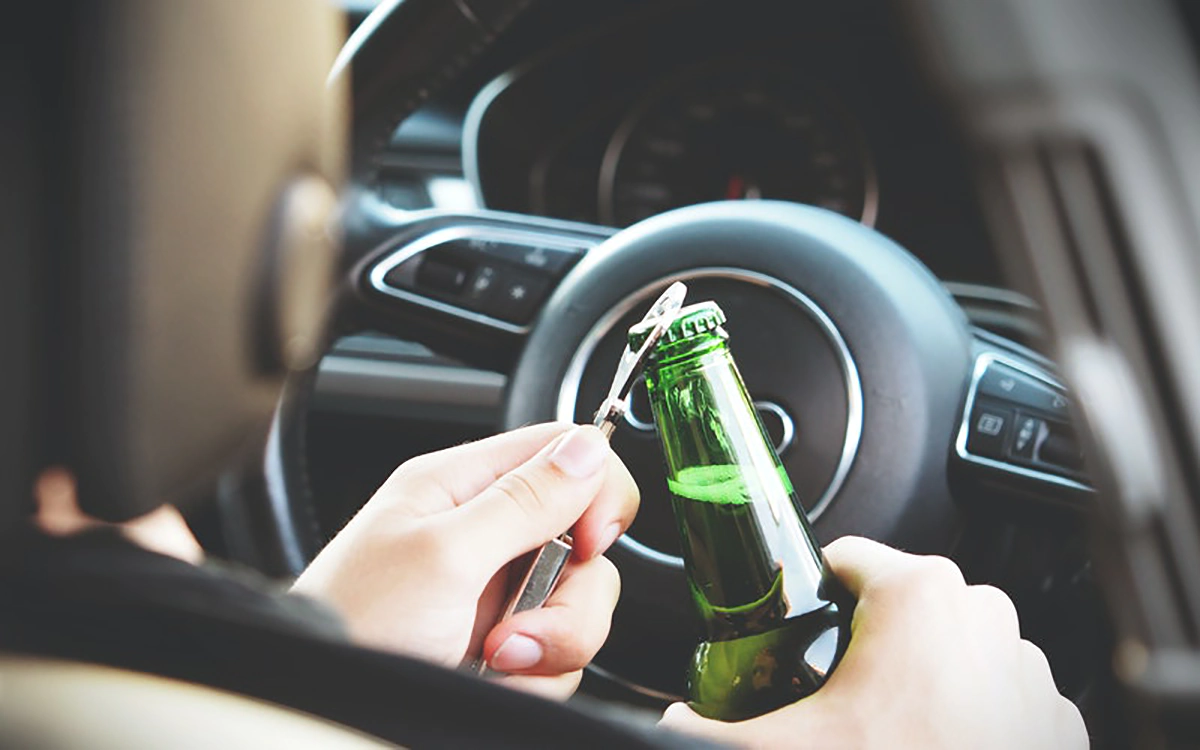
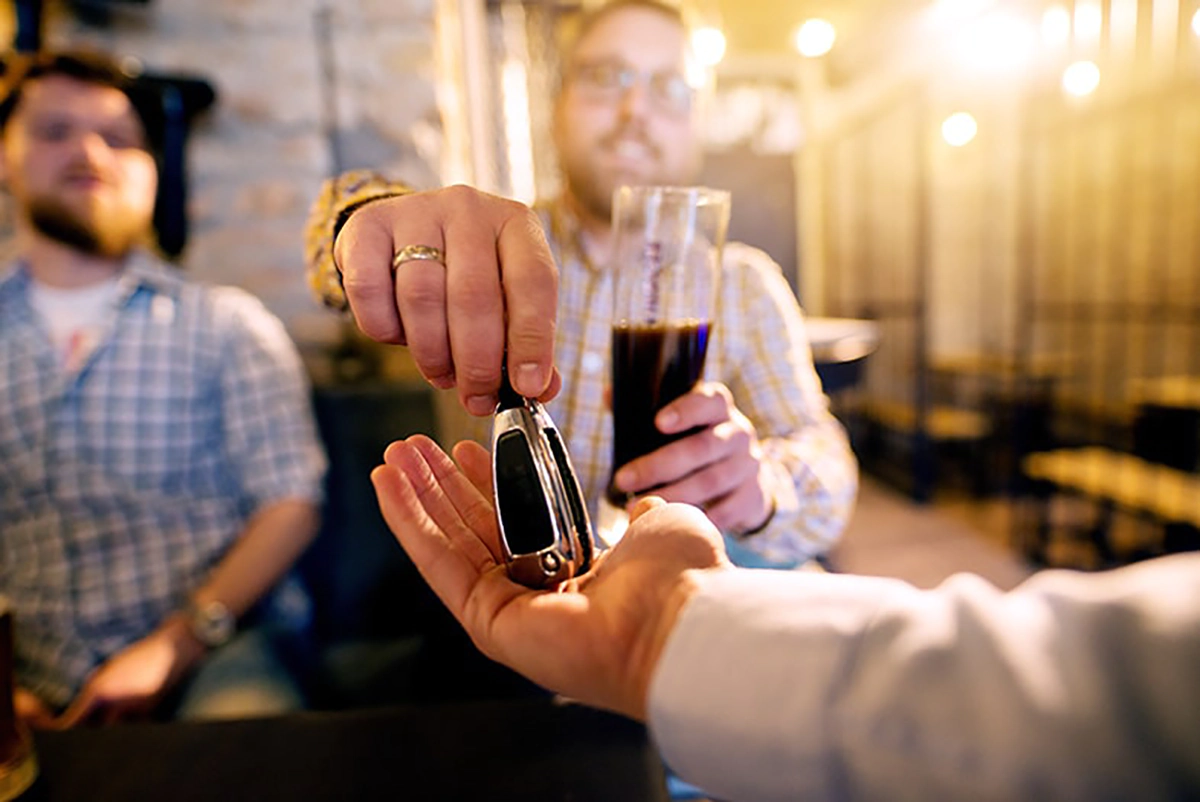


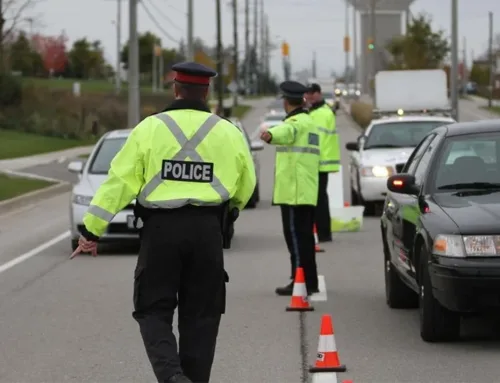

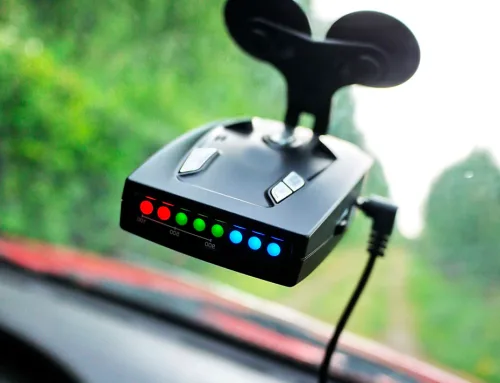
Leave A Comment
You must be logged in to post a comment.